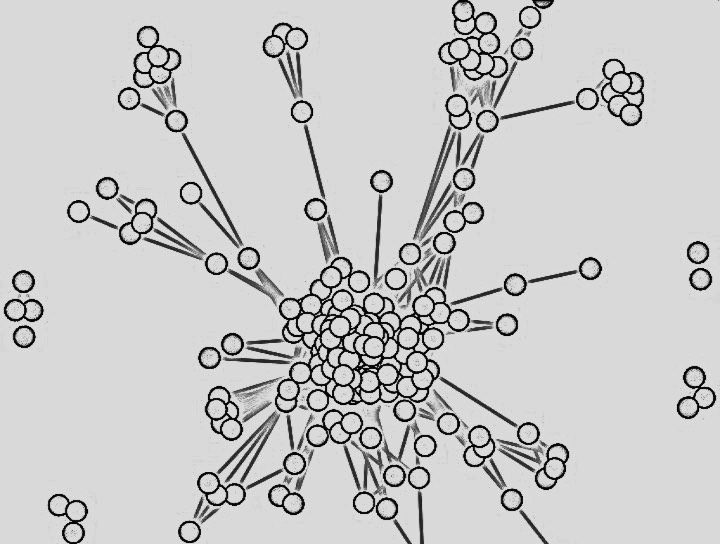A warm welcome to Joe Siddons, a Postdoctoral Fellow in Andrew Irwin’s Dalhousie CBIOMES Group. Continue reading “CBIOMES Welcomes Joe Siddons”
CBIOMES Welcomes Olga Carnicer
A warm welcome to postdoc Olga Carnicer as she joins Zoe Finkel’s Dalhousie CBIOMES Group. Continue reading “CBIOMES Welcomes Olga Carnicer”
Simons Postdoctoral Fellows in Marine Microbial Ecology Request for Applications
The Simons Foundation is now accepting applications for postdoctoral fellowships to support research on fundamental problems in marine microbial ecology. The foundation is particularly interested in applicants with training in different fields who want to apply their experience to understanding the role of microorganisms in shaping ocean processes, and vice versa, as well as applicants with experience in modeling or theory development.
Complete details at simonsfoundation.org
CBIOMES Welcomes Jasen Jacobsen
A warm welcome to Jasen Jacobsen, a graduate student working in Chris Edwards’ UCSC CBIOMES Group. Continue reading “CBIOMES Welcomes Jasen Jacobsen”
A Deep Dive into Macromolecular and Physiological Modeling
by Helen Hill for CBIOMES
At a two-day workshop held at MIT, January 28 and 29, a subset of the CBIOMES team gathered to share a focused dive into the detail of phytoplankton macromolecular and physiological modeling, coupled with an immersive exploration of how best to integrate such models into larger scale models of marine plankton distribution. Continue reading “A Deep Dive into Macromolecular and Physiological Modeling”
A Model for Nitrogen Fixation in the Presence of Ammonium
Former MIT Darwin Group member Keisuke Inomura, working with MIT CBIOMES investigator Mick Follows, presents a new quantitative model of nitrogen fixation in the presence of ammonium. Continue reading “A Model for Nitrogen Fixation in the Presence of Ammonium”
CBIOMES Welcomes Sangwon (Justin) Hyun
A warm welcome to incoming postdoc Sangwon (Justin) Hyun in Jacob Bien’s USC CBIOMES Group. Continue reading “CBIOMES Welcomes Sangwon (Justin) Hyun”
Study: Much of the surface ocean will shift in color by end of 21st century
Climate-driven changes in phytoplankton communities will intensify the blue and green regions of the world’s oceans. New work from CBIOMES researchers Stephanie Dutkiewicz and Oliver Jahn. Continue reading “Study: Much of the surface ocean will shift in color by end of 21st century”
Towards a Better Model for the Microbe Membrane
by John Casey for CBIOMES
CBIOMES Postdoctoral Fellow John Casey, has been working closely with MIT Group PI Mick Follows to combine quantitative proteomics, flux balance analysis of genome-scale metabolic models (GEMs), and molecular modeling in an attempt to estimate the parameters of a kinetic model based on transport fluxes, transporter abundances and structures, molecular diffusivity, and microscale fluid dynamics. Continue reading “Towards a Better Model for the Microbe Membrane”
Trends in Mediterranean Phytoplankton Phenology from Ocean-Color
by Helen Hill for CBIOMES
Changes in phytoplankton Chlorophyl (Chl) and phenology (study of the phases of the phytoplankton seasonal) are key to understanding many aspects of marine community structure and function. In new work, CBIOMES investigator Marie-Fanny Racault used remotely sensed ocean-color data to study patterns of variability and trends in phytoplankton Chl and phenology within the Mediterranean Sea. Continue reading “Trends in Mediterranean Phytoplankton Phenology from Ocean-Color”











